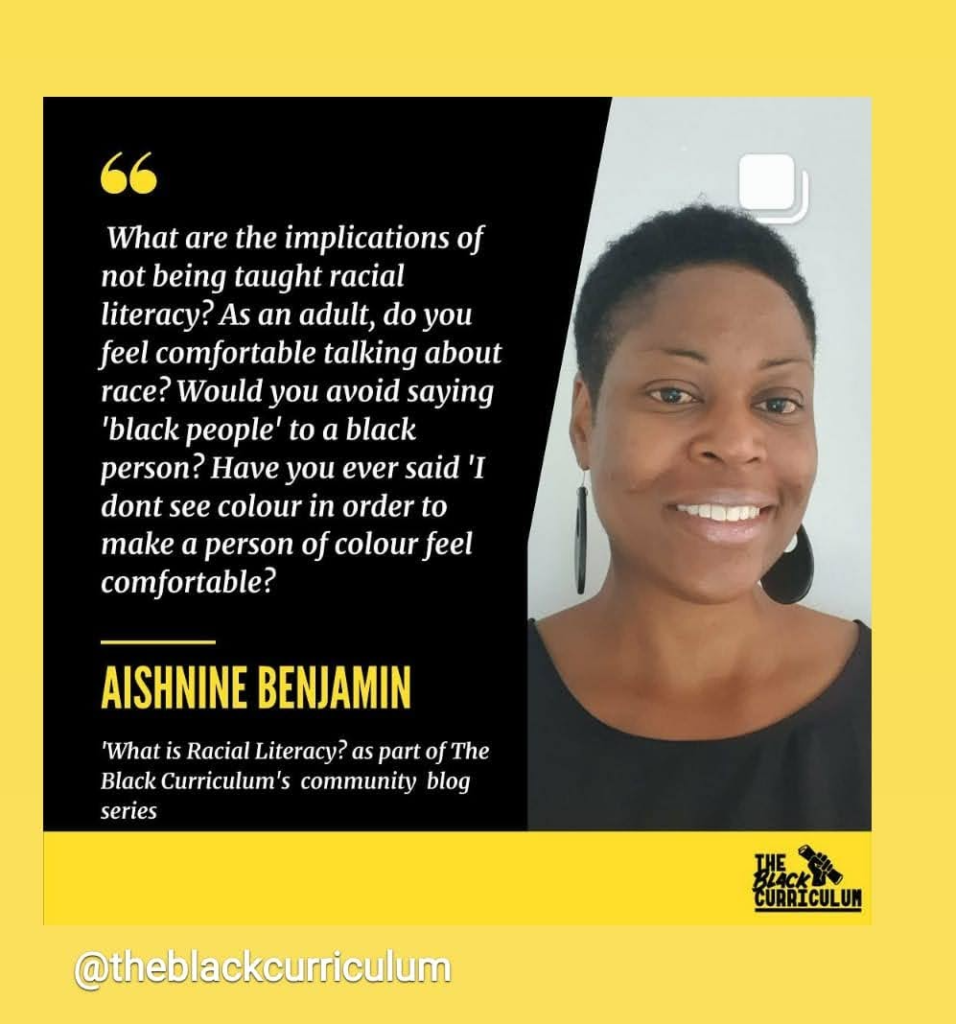
Organisations often know they have a problem with race equality. Their employee data, seeing that people from different racial groups progress at different rates, and identifying particular ethnic groups that aren’t represented in the management grades. Some organisations may have gone a step further and analysed its satisfaction surveys, finding that members of staff from particular ethnic groups aren’t satisfied with the working conditions and opportunities.
The difficulties usually arise when the organisation wants to do something about these disparities. Organisations jump straight into action mode, putting in place training or mentoring programmes for people from those ethnic groups that aren’t progressing upwards. Inevitably these programmes don’t lead to any change and people at every level of the organisation become tired of the lack of change or just tired of the conversation.
The reality is that organisations jump too quickly into action phase without taking any time to understand what the issue actually is, what is causing it and what solutions would actually fix it. For example, putting in place a mentoring scheme for staff that are not progressing suggests that the only issue to be fixed is a lack of knowledge and competence of the individuals in those ethnic groups. This approach does not address any of the wider barriers (societal, organisational or individual) that may be stopping those individuals from progressing.
In the case of race inequality – it should be acknowledged that talking about race is difficult, and often there is an underlying level of denial and ignorance to the wider historical and geographical context of race. Most people haven’t done a ‘race awareness’ course, this is not a topic taught in school, so perceptions of what race is, where the concept came from and its implications on everyday life are extremely varied. Before you can even have the ‘what are we going to do about this?’ conversation, everyone that has some role to play needs to have the ‘What is this?’ conversation. To tackle race inequality everyone must come to a shared understanding of what race is, where the concept came from and what the implications are to the workforce and customer interactions.
At the NMC I have found it useful to start training sessions with the basic question ‘What are your first memories of racial difference?’ At a basic level try to tackle three key areas as a foundation to build any change programmes on; communications, competence and commitment.
Communications: Don’t be scared to talk about the importance of race equality. Ask leaders to use their communications and be present at any key events such as black history month. A leader may not fully understand it themselves but they have to show visible commitment. Examples of how I have encouraged greater communication include:
- Set out the business case for race equality in ‘your’ organisation. Use ‘killer’ statistics that can’t be argued with;
- Briefing senior leaders with the key messages, aims and intended outcomes of events and activities related to race equality;
- Creating basic guidance documents about appropriate race and ethnicity language.
Competence: Understand that everyone has some level of ignorance when it comes to race equality. We cannot know everything about every culture and British history is subjective and patchy in most minds. Make a long-term plan to build understanding of the history of the concept of race and what discrimination actually means in this context. Using every opportunity to increase competence. Examples of how I have increased staff competence include:
- Hosting lunch-and-learns with external speakers e.g. charities and researchers that can give data or stories to bring the subject to life;
- Writing business cases to the learning and development team about the need for organisational wide training on discrimination and bias. Include costs and recommended suppliers.
Commitment : The leaders must commit to a measure of change. If the problem is disproportionate numbers of one ethnic group going through disciplinaries or lower satisfaction rates from one group – the simple measure of success is to change these numbers. Otherwise the organisation is not really committed. It’s just talking. Examples of how I have strengthened commitment include:
- Writing detailed papers and action plans that give the evidence for change;
- Using evidence from external trusted stakeholders e.g. researchers and competitors of initiatives and measures that have been successful in achieving change;
- Using external benchmarks (e.g. the ENEI Tides benchmark) as a measure of success.
In summary, set basic race awareness as the foundation to your race equality programmes.
Aishnine Benjamin, Equality and Diversity Manager, Nursing and Midwifery Council (NMC)


